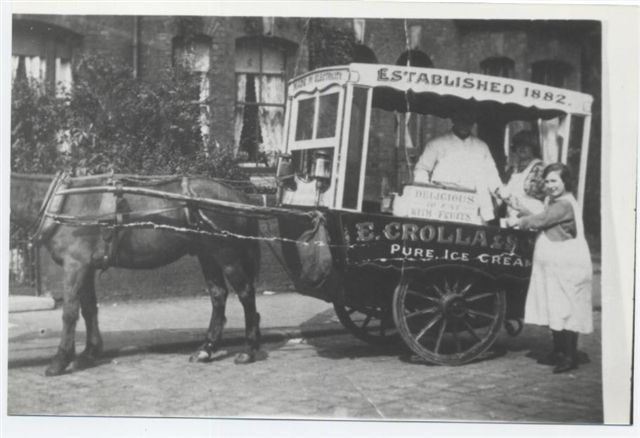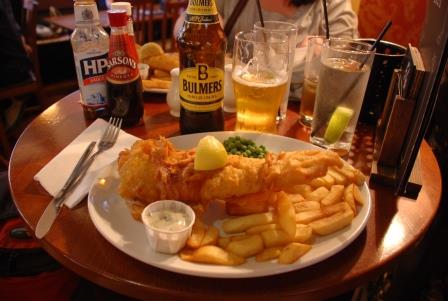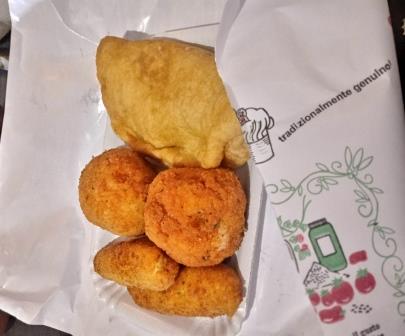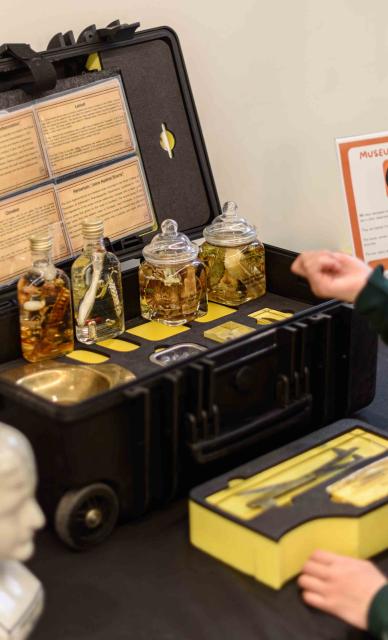Support us
As a charity we rely on your donations to fund our free exhibitions, school activities and online resources
Empowering medical excellence, shaping healthcare futures.
When groups of people leave their home and move to other countries or even just regions within the same country they take with them their culinary habits. Familiar food is comforting and offers “a home far from home”. Movement of people also opens the door to new products. We would not have Italian food without the introduction of the tomato, originally from Southern and Central America in Western Europe by the Spanish in the sixteenth century.
Food is also a way to earn a living in a new country. This might mean adapting your home country recipes to new markets or just limit the offer in the menus. We have all heard of those only in Chinese menus that include delicacies like chicken feet that would struggle to find a place within the British taste or of tikka masala. A British favourite in Indian restaurants that was created to cater the British palate.
Italian food has also adapted to its markets through the immigration of Italian people at the end of the nineteenth century and the 1960’s. Italians brought pizza to America, the deeper base of Neapolitan pizza becoming the inspiration for the American style pizza now available worldwide through chains of takeaway restaurants.

Crolla family ice cream cart
There are closer examples here in Scotland. Crolla’s Gelateria and Di Rollo are excellent examples of the success that a foreign product can have but also of migratory movements that are difficult to trace. Italian immigration in the UK might be the case but Crolla and Di Rollo show how Italians arrived in Scotland too. They share a similar story. Crolla was founded by Serafino Crolla who opened a shop in Queen Mary Street in Glasgow in 1895. It soon would be expanded by his son Giuseppe who took the business to Clydebank where he opened a second shop. Crolla’s continued its expansion after the First World War with the opening of the Premier Cafe in Main Street in Bridgeton, an ice cream factory and 30 vans that brought Italian ice cream to the streets of Glasgow in the 1950’s. They now have shops in Glasgow, Dundee and Edinburgh and 80 flavours of ice-cream; difficult to resist!
Rollo was founded by Domenico di Rollo who had moved to Scotland from Roccasecca, on the west coast of Italy. He opened the first shop in Musselburgh in 1899 and soon expanded into a second shop. Rollo also moved into production of ice cream in the 1950’s which helped to bring ice cream to the streets of Edinburgh. Both Crolla and Rollo expanded their businesses into coffee and chocolate; both essential on those cold Scottish days.
Ice cream and coffee might have not been the only contributions to Scottish food. Many Italians have opted to immerse themselves into more traditional food like fish and chips by owning takeaways serving it. While fish and chips might look like the quintessential British food, Italians are also fond of combining fish with batter and over all deep frying quite a lot of other foodstuff.

Fish and chips served in a pub in Edinburgh
Filetti di bacalà or deep fried cod is a popular starter in pizzerias and it is accompanied in the menus by suppli (deep fried rice balls filled with tomato and mozzarella), olive ascolane (green olives filled with mince meat and coated in breadcrumbs) and potato croquettes.

The traditional Italian fritti, suppli, potato croquettes and cod fillets
This similarity in food between such diverse cultures, makes it not surprising that when Italians decided to move away from home instead of opening what they knew and instead immerse in a more traditional product that was, after all not that different from what they were used to. Food brings people together after all.
1. Crolla family ice cream cart.
2. Fish and chips served in a pub in Edinburgh.(Edwardwexler, CC BY-SA 3.0 via Wikimedia Commons)
3. The traditional Italian fritti, suppli, potato croquettes and cod fillets. ( Nicholas Gemini, CC BY-SA 4.0 via Wikimedia Commons)
Author: Charo Rovira, archive volunteer.
This blog was developed to accompany the exhibition FOOD: Recipe or Remedy, which ran from 28 April 2022 to 27 January 2023.

Support us
As a charity we rely on your donations to fund our free exhibitions, school activities and online resources